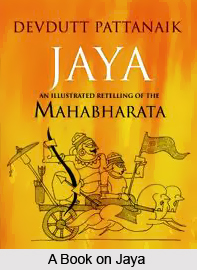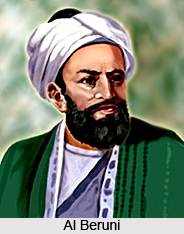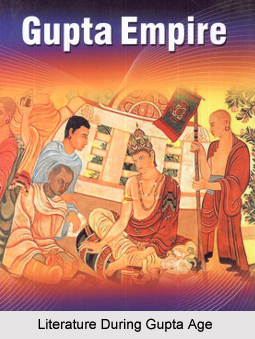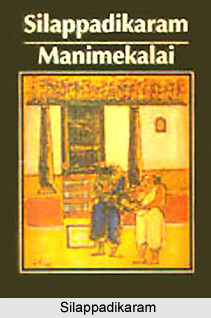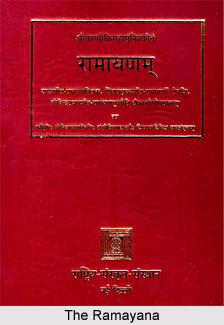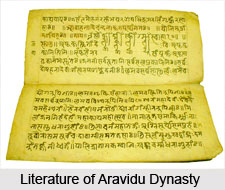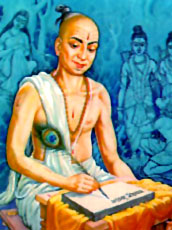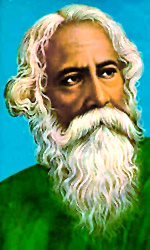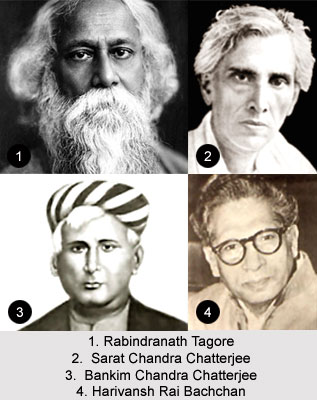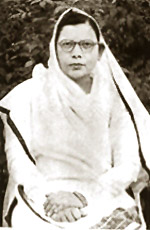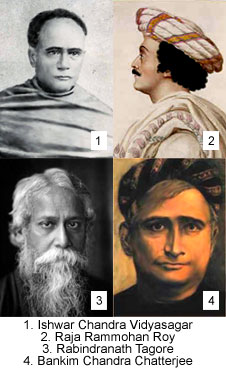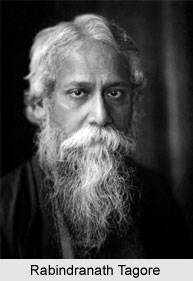Abdul Halim Sharar is one of the most popular Urdu novelists of the 19th century. He began writing historical romances in 1888, inspired by Walter Icon`s novels, especially his Talisman. The main objective of Sharar`s historical romances was to demonstrate the glory of Islam in the past and the ethical superiority of Muslims over Christians during the Crusades. Also closely connected to this, and in keeping with the contemporary state of Islam, was the theme of lack of unity among the Muslims. Related to this, but even more directly connected with the contemporary state of Islam, was the theme of the lack of unity among Muslims. In all novels of this type, romance is employed to arouse readers` interest. All the required elements can be seen- beautiful heroines and chivalrous heroes falling in love at first sight, separations, conceits and disguises, unexpected coincidences, mysterious disappearances and happy reunions. Sharar used many such devices in social novels that were directed against the evils of polygamy, the only difference lying in his central conflicts and settings.
Sharar has produced a great body of work, more than twenty-five novels, and eight volumes of articles, speeches, reviews etc. His novels are a vivid example of formulaic writing. The first novels were published serially in his journal Dilgudaz. Later he began publishing one complete novel a year as a free supplement to his journal. The surface format of Sharar`s romances is that of the novel, as understood in his time, i.e. a work with a closely knit plot, unity of action, and a definite (though often inaccurate) setting in space and time. Dialogues are less prominent than in other contemporary or even later novels and are well embedded in the narrative. In all other respects, however, his stories resemble the Qissa or Dastan in the description of the protagonists` beauty and virtues, in the love scenes, in the depiction of good and evil.
The language is full of metaphors and the similes of traditional story-telling. Most of the protagonists are princesses, princes, knights and the like. The preferred locations are palaces, gardens, battlefields, monasteries, and places shrouded in mystery. The battle scenes are all like each other, as are the first encounters between lovers. However, there is one main difference between these romances and the traditional ones: Sharar`s heroines remain chaste despite all adversity until they are finally united with the hero in marriage. One exception is the story of Flora Florinda, which has no happy end, but then this story is set in a dominantly Christian environment. Paradoxically, in Sharar`s novels focusing on parda and polygamy, innocent Muslim brides too are dishonoured, but then these highly melodramatic stories were deliberately crafted to shock readers and demonstrate the ill consequences of the total segregation of women. Here again a very popular motif is used: a mix-up of/among the characters and the complications ensuing.
Sharar`s novels formed a very popular part of Urdu literature in the 19th century.
